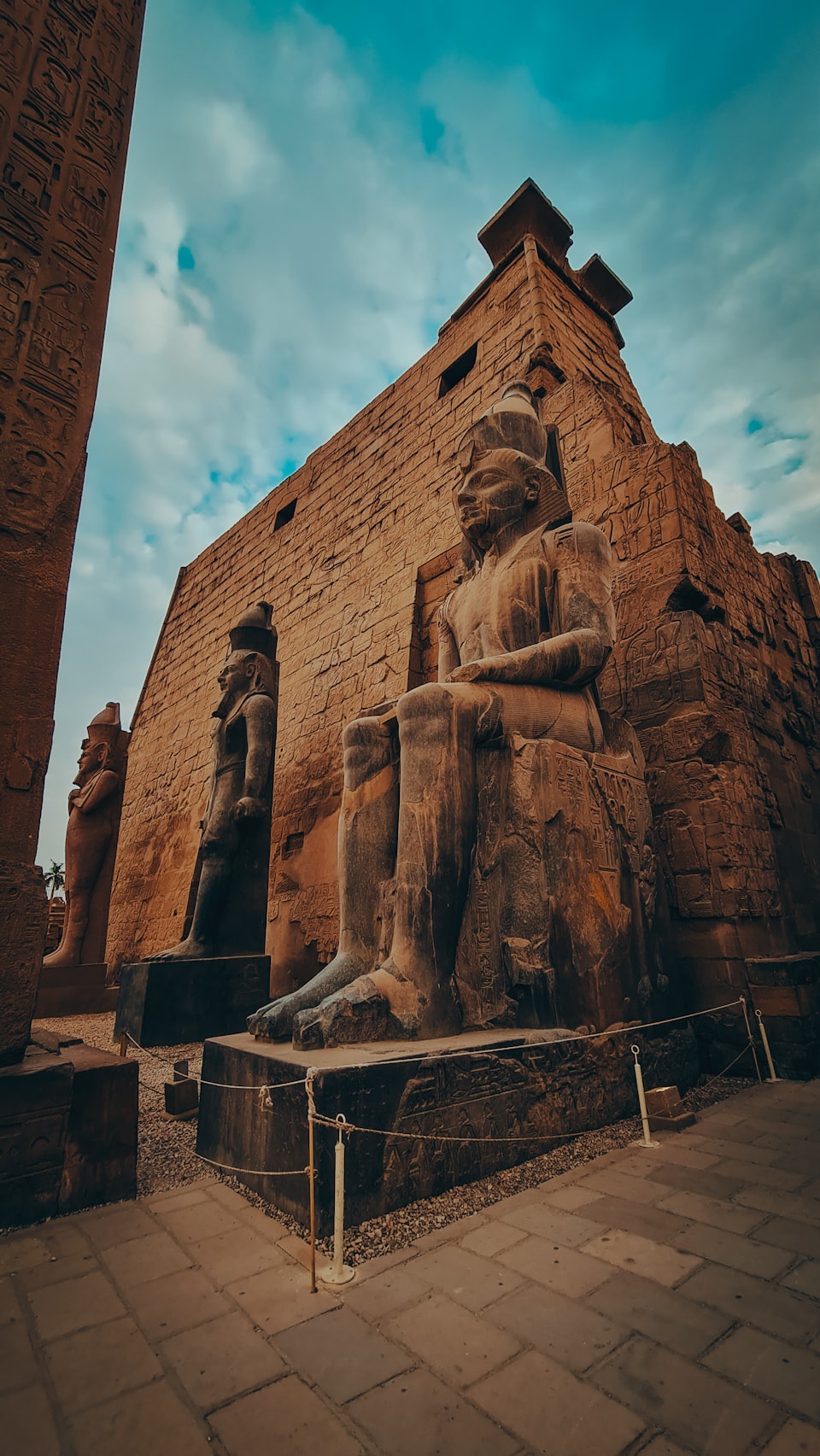The settlements and architecture in ancient Egypt.

The settlements and architecture in ancient Egypt
Ancient Egypt is known for its remarkable architecture and well-planned settlements that have captivated the world for centuries. The civilization's ability to construct monumental structures, such as the pyramids and temples, highlights their advanced engineering and architectural skills. In this blog post, we will delve into the fascinating world of settlements and architecture in ancient Egypt, exploring their complexities, intricacies, and various facets.
The Importance of Settlements in Ancient Egypt
Settlements played a crucial role in the daily lives of ancient Egyptians. They served as centers for administration, commerce, agriculture, and residence. The strategic positioning of settlements was influenced by the Nile River, which provided fertile land and facilitated trade routes.
Ancient Egyptian settlements were meticulously planned, with a grid-like street system and organized housing units. The layout of these settlements aimed to maximize efficiency and promote community cohesion. Noteworthy examples of ancient Egyptian settlements include Memphis, Thebes, and Amarna.
Did you know? Ancient Egyptian settlements were often surrounded by protective walls to safeguard against intruders and to establish a sense of security among the inhabitants.
The Splendor of Ancient Egyptian Architecture
Ancient Egyptian architecture is renowned for its grandeur, precision, and durability. The Egyptians relied on a wide range of construction techniques and materials to create awe-inspiring structures that have stood the test of time.
The pyramids, undoubtedly the most iconic architectural marvels of ancient Egypt, were built as monumental tombs for pharaohs. These towering structures were meticulously designed and constructed using massive limestone blocks. The Great Pyramid of Giza, built for Pharaoh Khufu, is a testament to the engineering prowess of the ancient Egyptians.
Apart from pyramids, temples held immense significance in ancient Egyptian architecture. These religious structures were dedicated to gods and goddesses and served as places of worship, offering, and ritual. The Temple of Luxor and the Temple of Karnak are prime examples of the grandeur and intricacy of ancient Egyptian temple architecture.
Fun fact: The construction of the Temple of Karnak spanned over 1,500 years, with each pharaoh adding their touch to the structure, resulting in a diverse architectural style.
Frequently Asked Questions
Q: How were ancient Egyptian settlements organized?
A: Ancient Egyptian settlements followed a grid-like street system, with houses and buildings organized in a planned manner. The central areas housed administrative and religious structures, while residential areas were located on the outskirts of the settlements.
Q: What materials were commonly used in ancient Egyptian architecture?
A: Ancient Egyptians primarily used stone, such as limestone and granite, for their architectural constructions. Mud bricks were also widely employed, especially in the construction of houses and smaller structures.
Q: How did ancient Egyptians transport heavy building materials?
A: The ancient Egyptians used a combination of human labor and innovative techniques to transport heavy building materials. They employed sledges, rollers, and even boats to move stones from quarries to construction sites. The Nile River also played a significant role in transporting materials using barges.
A Glimpse into Ancient Egypt's Architectural Legacy
The settlements and architecture of ancient Egypt continue to amaze us today. Their well-preserved structures provide a window into the advanced engineering skills and cultural significance of this remarkable civilization. From the awe-inspiring pyramids to the intricately decorated temples, ancient Egyptian architecture stands as a testament to human creativity, innovation, and devotion.
